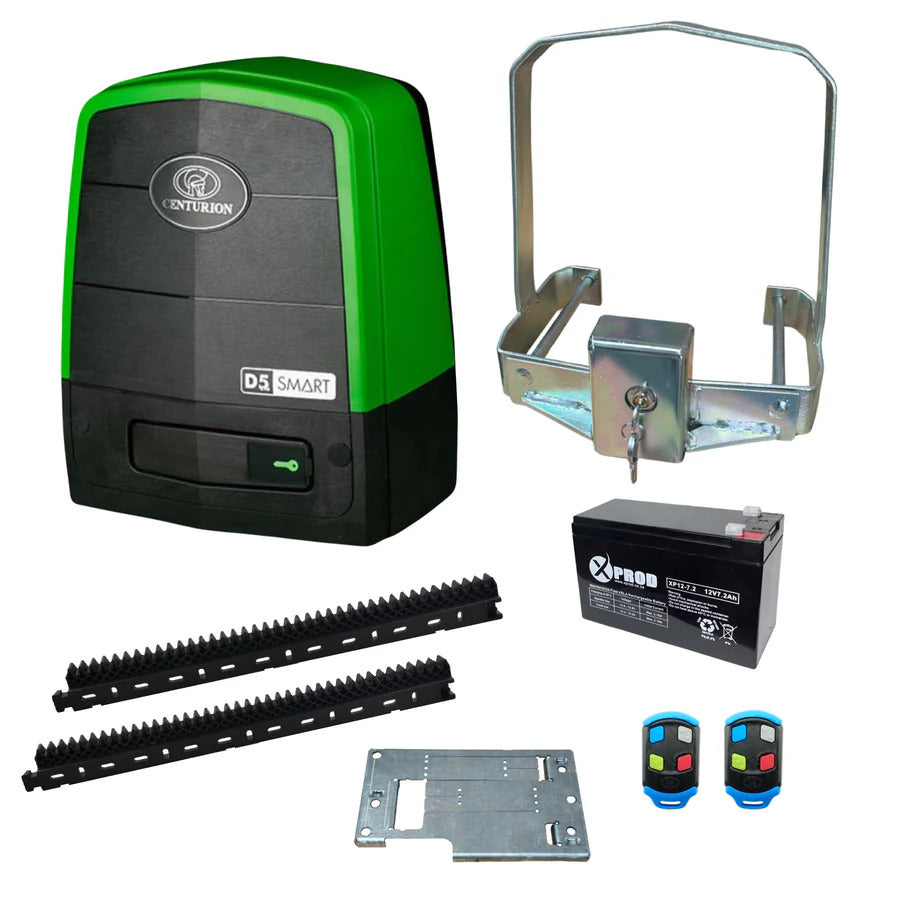How Electric Fencing Works: A Complete Guide
Share
Electric fencing is a modern and efficient way to secure property, control livestock, and enhance security. This blog will delve into how electric fencing works and why it’s a popular choice for property owners. If you're considering installing an electric fence, understanding its functionality is crucial.
The Basics of Electric Fencing
Electric fencing operates using a simple yet effective mechanism: electrical pulses. When a person or animal touches the fence, they receive a short, sharp shock. This serves as a deterrent, teaching animals or intruders to avoid the barrier.
Components of an Electric Fence
-
Energizer: Converts power into high-voltage pulses.
-
Conductors: Wires or tapes that carry the electrical charge.
-
Insulators: Prevent electricity from grounding.
-
Earth System: Completes the circuit for effective shock delivery.
-
Fence Posts: Provide structural support.
How It Works
-
The energizer sends high-voltage pulses through the conductors.
-
When an animal or person touches the live wire, the electrical circuit completes.
-
The current flows through the body to the ground, delivering a non-lethal shock.
-
The shock deters further contact while causing no permanent harm.
Benefits of Electric Fencing
1. Effective Deterrent
Electric fences act as psychological barriers. Animals quickly learn to avoid the fence after their first encounter.
2. Cost-Efficiency
Compared to traditional fencing, electric fencing is more affordable and requires minimal maintenance.
3. Adaptability
Electric fences can be used in various environments, from farms to residential properties.
4. Durability
With proper installation and maintenance, electric fencing can last for years.
Applications of Electric Fencing
Electric fencing is versatile and is used in several applications:
-
Agriculture: Keeping livestock contained and predators out.
-
Perimeter Security: Protecting homes, businesses, and warehouses.
-
Wildlife Control: Preventing animals from entering specific areas.
For more detailed insights into electric fencing products, explore our Electric Fencing & Energizers.
Common Myths About Electric Fencing
Myth 1: It’s Dangerous
Electric fencing delivers a non-lethal shock, designed to deter rather than harm.
Myth 2: It’s Only for Farms
Electric fencing is widely used in residential and commercial security.
Myth 3: High Maintenance
Modern systems are designed for durability and require minimal upkeep.
For maintenance tips, read our guide on Electric Fence Energizer Maintenance.
Choosing the Right Electric Fence
Selecting the right electric fence depends on:
-
Purpose: Security, livestock control, or wildlife management.
-
Power Source: Solar, battery, or mains-powered systems.
-
Environmental Factors: Terrain, climate, and vegetation.
Explore our Electric Fence Buying Guide to make an informed decision.
Installation Tips
-
Plan Your Layout: Consider the area’s size and shape.
-
Install a Proper Earth System: Crucial for effective operation.
-
Use Quality Components: Invest in reliable materials to reduce maintenance costs.
-
Regular Inspections: Ensure wires are taut and free from vegetation.
Final Thoughts
Electric fencing is a powerful tool for enhancing security and managing property. Its efficiency, cost-effectiveness, and adaptability make it a top choice for both rural and urban settings. Whether you need to secure your home or farm, understanding how electric fencing works will help you make the best choice.
For premium electric fencing solutions, visit Alectra.
Related Articles:
Maximize your security today by exploring the wide range of electric fencing products on Alectra.



